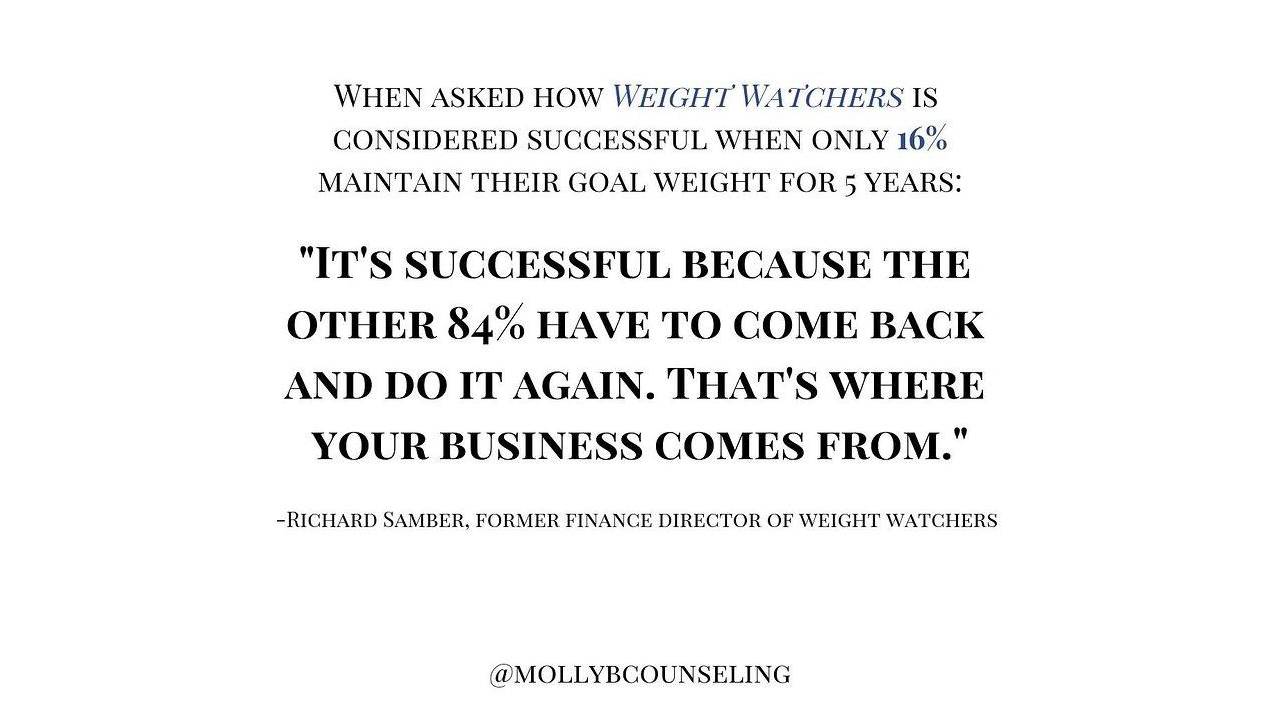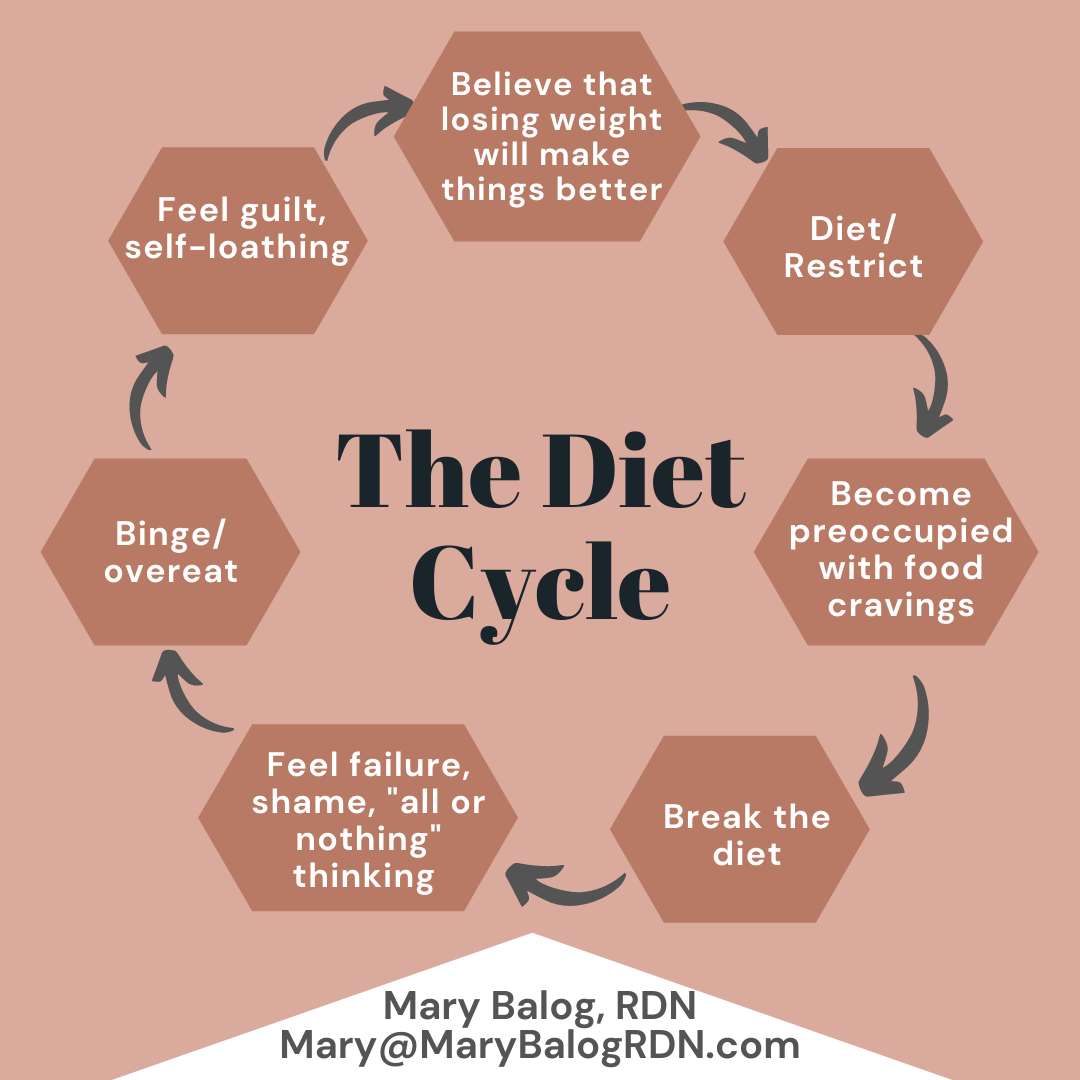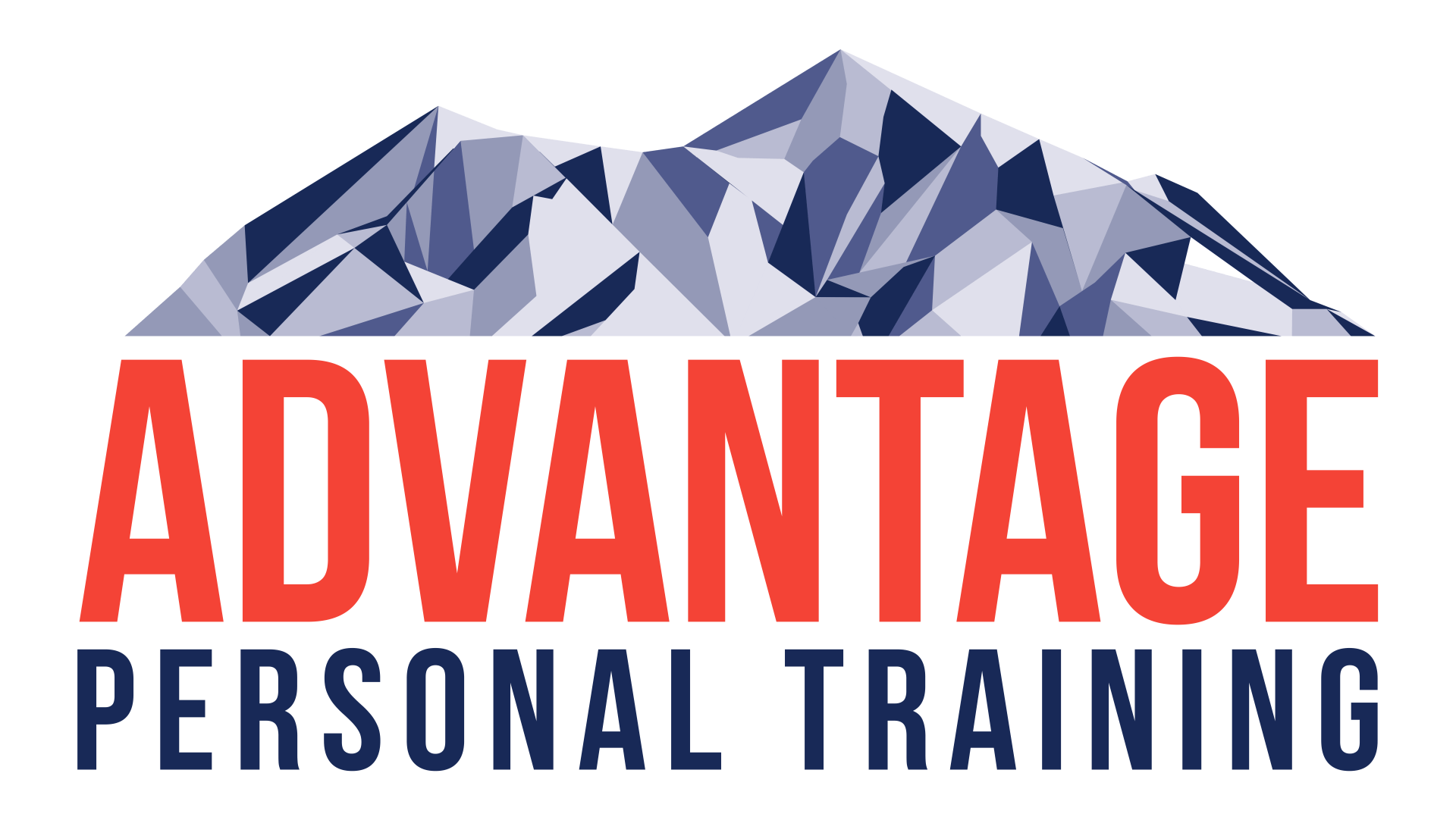Pain and Core Stability
Note: As a compliment to this series of articles, we have released a webinar discussing core training for athletes and showing nearly a dozen videos of the very same exercises we use at Advantage. The webinar will only be available until Sunday so make sure you click on the link and make sure you get yours for free.
Did you know that your body can subconsciously change the way it uses muscles in the presence of pain? You may not even be aware of these changes. In order to avoid pain, your body will re-route around it, resulting in new, possibly injurious movement patterns. There have been multiple theories in the way pain changes motor control and voluntary movement, however none of them have ever been able to hold up in the court of peer reviewed research.
What we do know about pain is that everyone’s pain experience is different. We talked about this in the last post and this remains true. Paul Hodges, a pain researcher from Australia, has put together an updated theory on motor adaptations to pain. It’s a 5 part theory and we can go through this and what it means to you.
Feel free to skip the outline, unless you like being bored. Just go on to the next bolded statment.
1. Redistribution of activity within and between muscles.
A) Rather than a uniform increase or decrease in activity, changes can relate to the task at hand.
i. Reduced activity
ii. Increased activity
iii. Combination of both
a) In response to experimental back pain, responsiveness to transverse abdominus is reduced while external oblique is more responsive
B) Each individual develops their own protective strategy based upon personal experience, anthropometrics, posture, task, etc.
2. Altered mechanical behavior
A) Removal or reduction of threat
i. Removing body part from the threat (take hand off of hot stove)
ii. Reduced displacement/velocity/force
iii. Stiffening a segment to prevent moveetnt associated with pain/threat of pain
iv. Modification of the amount of load on a painful structure
B) Some changes at spinal cord level, others at higher processing regions
3. Protection from further pain, injury, or threatened pain/injury
A) Many adapted motor behaviors may lead to enhanced protection
i. Decreased muscle activity and force withdrawal
4. Changes at multiple levels of the motor system
A) Changed in excitability and organization of the motor cortex and complex changes in the planning of motor responses that are mediated “upstream” of the motor cortex
B) Changes in sensory function may have effects on control of movement
C) Reduced sensory acuity, increased errors in repositioning, reduced responsiveness to sensory input
D) Reorganization of the somatosensory regions of the brain
5) Short term benefit with potential for long term consequences
A) Long term adaptations may pose risks for the tissues and nervous system
i. Modified loading of tissues over time
a)Leads to tissue irritation, i.e. People with back pain have greater load on the spine during lifting than pain free individuals à direct result of muscle activation patterns
B) Protective solutions may compromise the quality of movement
i. Increased trunk stiffness in low back pain
ii. People normally move the spine in anticipation of need, however people in pain less frequently are able to do this and have decreased quality of postural recovery.
C) Decreased movement variability
i. Too much variability is a bad thing as well
Keep reading, I promise it won’t be as boring as that was…
Well, that was boring. Let’s get to what you are here to read about. My question is, can motor (movement) adaptations be changed with intervention and does it make a difference?
One of the “hallmarks” of low back pain is delayed and/or reduced activation of your “inner core” muscles. It persists between pain episodes and can even be reproduced when pain is brought on experimentally (scientists inject you with fluid that causes you to have pain).
GOOD NEWS : Delayed and reduced activation of the inner core muscles can be restored with motor relearning strategies and these changes can persist once the training has stopped. Tsao et al states that motor relearning can also change the organization of the motor cortical networks. That last sentence means that you can change the way your brain is organized to return you back to normal function. Similar findings have been seen in the segmental spine stabilizers (multifdi) while net activity of superficial trunk muscles can be reduced. Coordination of the medial and lateral quad contraction timing has also been shown to be adaptable.
THE OKAY BUT STILL GOOD NEWS: While we can improvement in motor control, simply contracting and relaxing muscles without much thought won’t do the trick. True improvements in motor control have appeared to be dependent on conscious and precise correction of movements and activity of muscle (Tsao and Hodges, 2007). This is consistent with research observations that show cortical plasticity is dependent on the extent of conscious attention and skill during motor training (Karni et al, 1995, Plautz et al 2000, Remple et al 2001). Additionally, repetition of movement that is absent of skill or precision does not induce reorganization (Plautz et al 2000, Remple et al 2001). Back to the good news: Data suggests that motor control training with conscious attention to correction of motor control is EFFECTIVE.
Boudreu et al, suggests that pay may also interfere with the ability to create plastic changes in the motor cortex (2007). La Pera et al argued that these changes were due to changes in cortical excitability in those with pain (2001). Other research suggests that as long as quality of movement is maintained, the training induced changes are unaffected by pain (Tucker et al 2010). This suggests that a high quality of training is likely to be a key determining factor of treatment or training success and that we should use quality movement based strategies to improve pain levels, ability to movement, and restore/reorganize the way our brain functions in regard to movement. Tsao and Hodges conclude that higher quality training can induce larger changes in the temporal aspects of muscle activation (2007).
This is extremely relevant to not only athletes, but anyone who has had pain. Research shows that in the presence of back pain, shoulder pain, ankle pain or any pain in between the body changes the way we are able to facilitate or inhibit musculature. When pain is present, particularly in the acute phases, our exercise strategies should not only be challenging enough to need to really focus on improving the movement but they should also be pain free. The benefits are not only apparent during the early process of getting athletes back to sport or adults back to whatever it is that they want to do, but even after the focused training has stopped the changes can be maintained.
Well, this concludes our four part series on core stability and it’s importance to your strength and conditioning program and ultimately your athletic performance. You can make sure that you get on our free Webinar by clicking on the link below. It will only be available until Sunday. After that, you’re out of luck on this excellent chance.
Thanks for hanging out with us for the core stability blog series and as always, if you have any questions feel free to track one of us down.




Advantage Personal Training is an Ann Arbor based Family Oriented Gym, focusing on the training needs of individuals, small groups and youth athletes. Meet with a results-oriented personal trainer and put yourself on the path to a more active life!
SERVICES
CONTACT INFORMATION
Hours of Operation
Mon to Fri: 6:00 AM - 8:30 PM
Sat: 8:30 AM - 12:30 PM
Sun: CLOSED
All Rights Reserved | Advantage Personal Training



